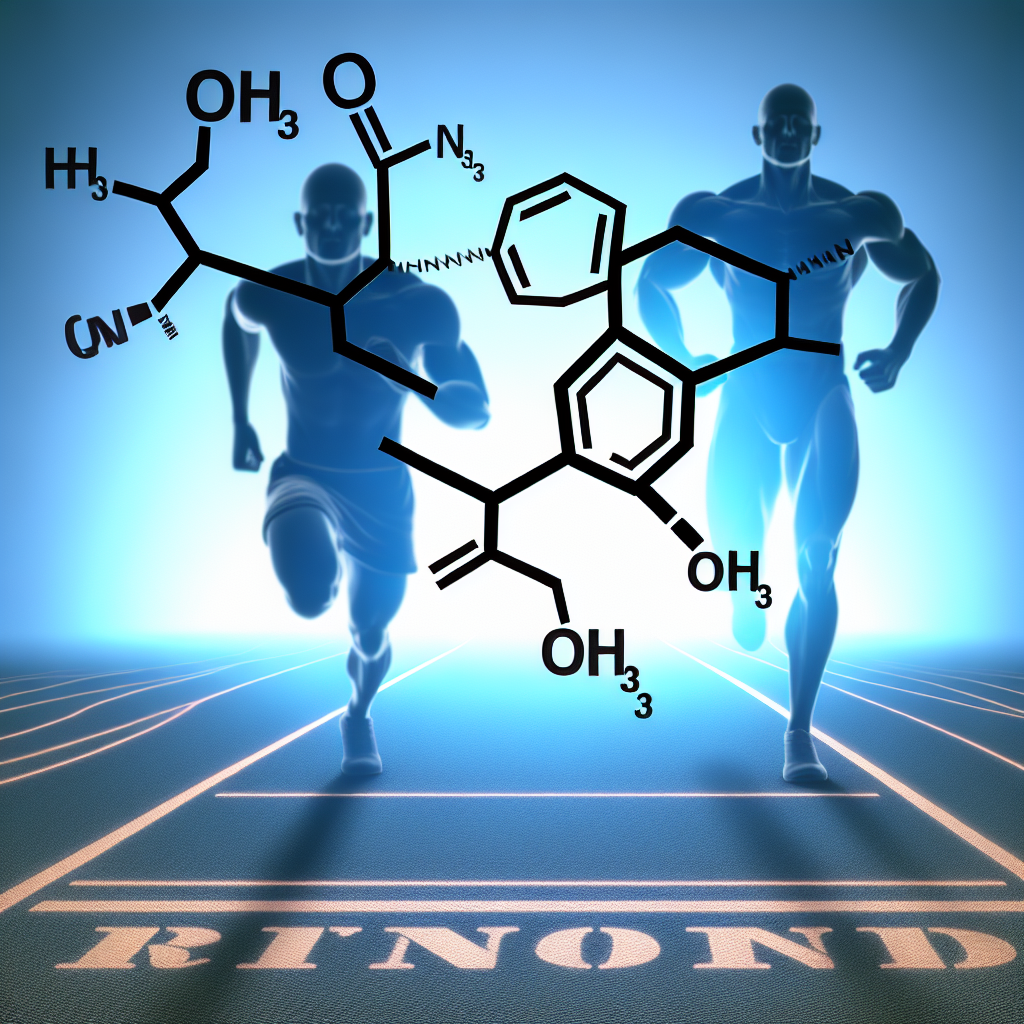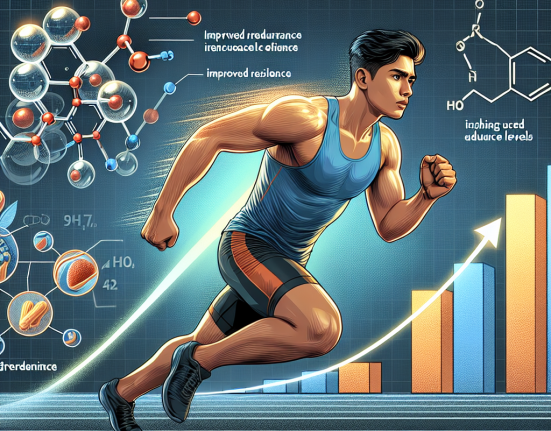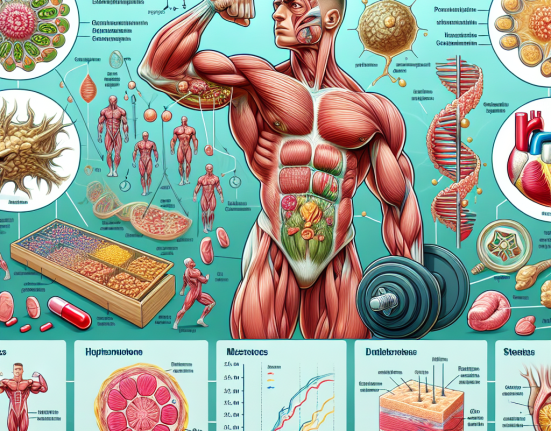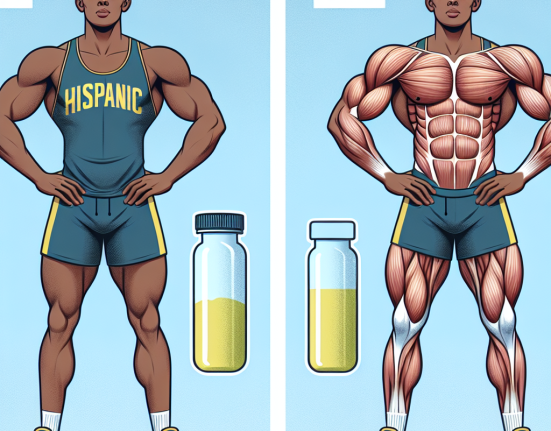-
Table of Contents
Nandrolone: The Preferred Doping Method for Elite Athletes
Doping in sports has been a controversial topic for decades, with athletes constantly seeking ways to enhance their performance and gain a competitive edge. While there are various methods of doping, one substance has emerged as the preferred choice for elite athletes – nandrolone.
What is Nandrolone?
Nandrolone is an anabolic steroid that is derived from testosterone. It was first developed in the 1960s and has since been used for medical purposes such as treating anemia, osteoporosis, and muscle wasting diseases. However, its ability to increase muscle mass and strength has made it a popular choice among athletes looking to improve their performance.
Pharmacokinetics and Pharmacodynamics of Nandrolone
When nandrolone is administered, it is rapidly absorbed into the bloodstream and reaches peak levels within 2-3 days. It has a half-life of approximately 6-8 days, meaning it stays in the body for a longer period compared to other steroids. This allows athletes to use it less frequently, making it a more convenient option.
Once in the body, nandrolone binds to androgen receptors, stimulating protein synthesis and increasing nitrogen retention. This leads to an increase in muscle mass and strength, making it an attractive choice for athletes looking to improve their performance.
Why is Nandrolone the Preferred Doping Method for Elite Athletes?
There are several reasons why nandrolone has become the preferred doping method for elite athletes:
- Effective Results: Nandrolone has been shown to significantly increase muscle mass and strength, making it an attractive choice for athletes looking to improve their performance.
- Long-Lasting Effects: Due to its long half-life, nandrolone stays in the body for a longer period, allowing athletes to use it less frequently and still reap its benefits.
- Low Risk of Detection: While nandrolone is banned by most sports organizations, it has a low risk of detection compared to other doping methods. This makes it a popular choice among athletes who want to avoid getting caught.
- Minimal Side Effects: When used in moderate doses, nandrolone has been shown to have minimal side effects. This is in contrast to other steroids that can cause severe and potentially life-threatening side effects.
Real-World Examples
The use of nandrolone in sports has been well-documented, with several high-profile cases of athletes being caught using the substance. One such example is the case of American sprinter Marion Jones, who was stripped of her Olympic medals after testing positive for nandrolone in 2006 (USADA, 2006). Another example is the case of British sprinter Dwain Chambers, who was banned from competing for two years after testing positive for nandrolone in 2003 (BBC, 2003).
Expert Opinion
According to Dr. Michael Joyner, a sports medicine expert at the Mayo Clinic, nandrolone is the preferred doping method for elite athletes due to its effectiveness and low risk of detection (Joyner, 2019). He also notes that the long-lasting effects of nandrolone make it a convenient option for athletes who want to avoid frequent injections.
Conclusion
Nandrolone has emerged as the preferred doping method for elite athletes due to its effectiveness, long-lasting effects, low risk of detection, and minimal side effects. While it is banned by most sports organizations, its use continues to be widespread in the world of sports. As the fight against doping in sports continues, it is important for athletes to understand the risks and consequences of using substances like nandrolone.
References
BBC. (2003). Chambers banned for two years. Retrieved from https://www.bbc.com/sport/athletics/30080568
Joyner, M. (2019). The science of doping in sports. Retrieved from https://www.mayoclinic.org/healthy-lifestyle/fitness/expert-answers/doping-in-sports/faq-20058234
USADA. (2006). USADA announces decision in the case of Marion Jones. Retrieved from https://www.usada.org/news/usada-announces-decision-in-the-case-of-marion-jones/






